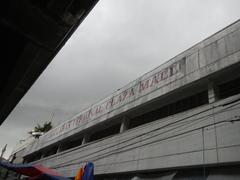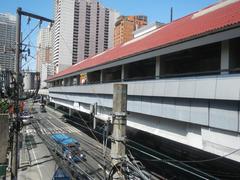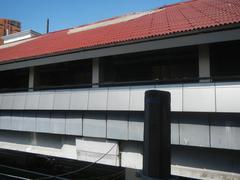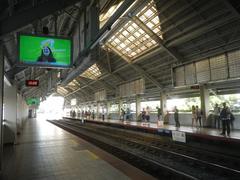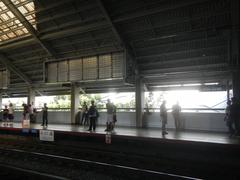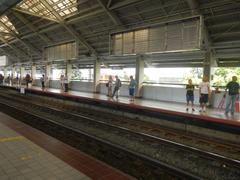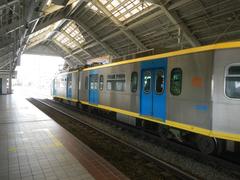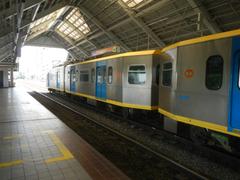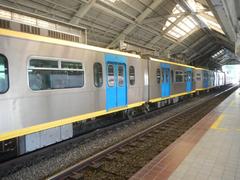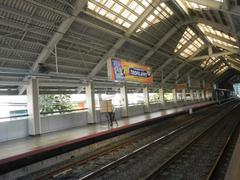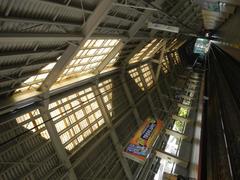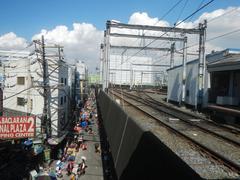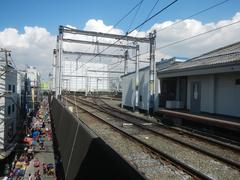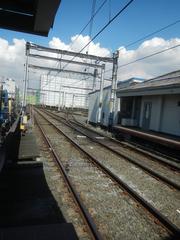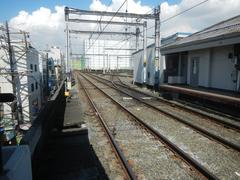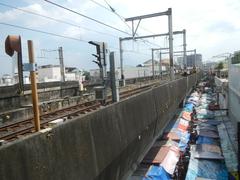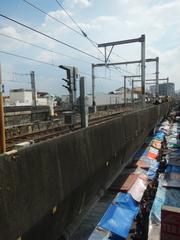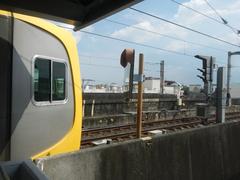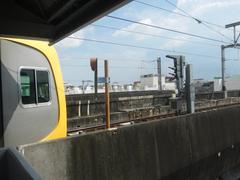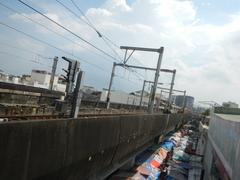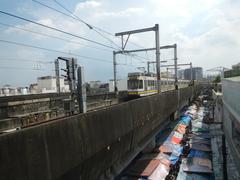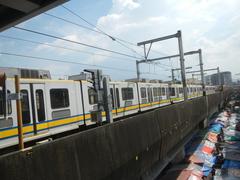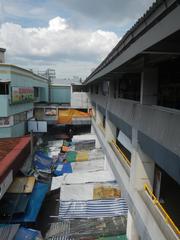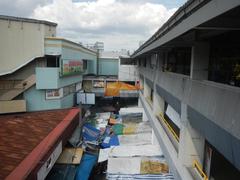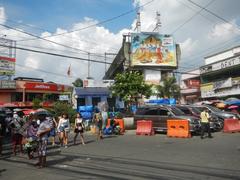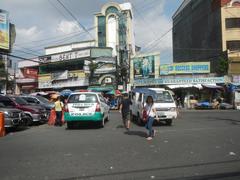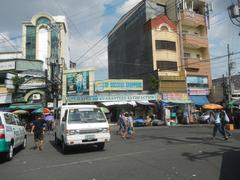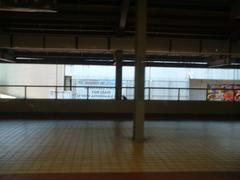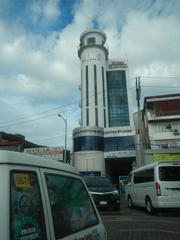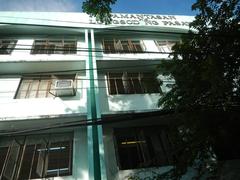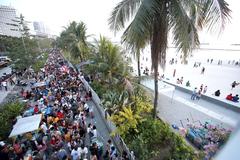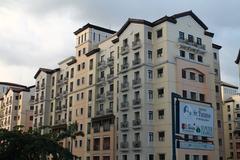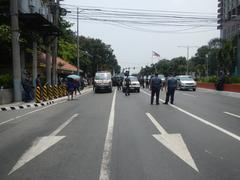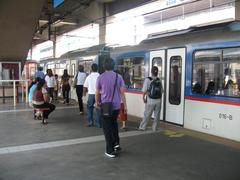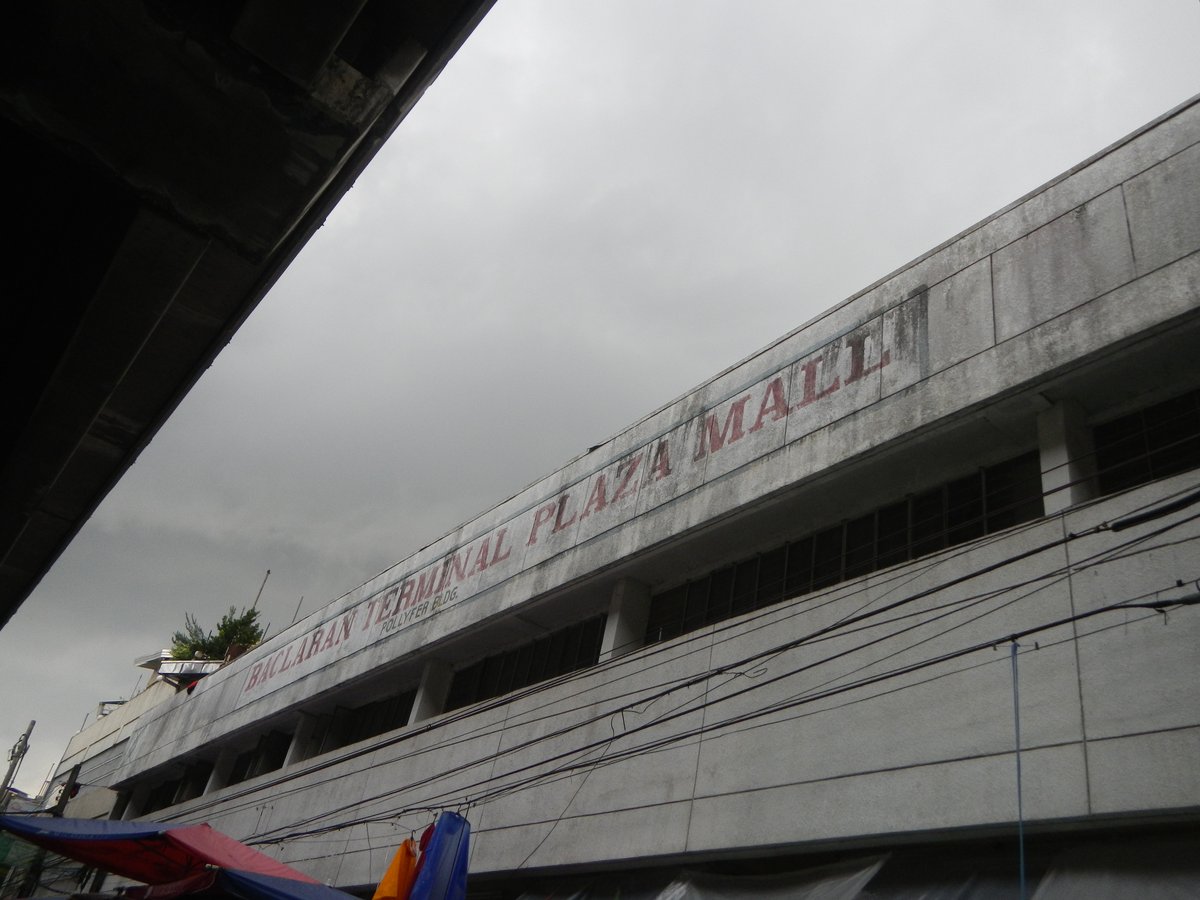
Baclaran LRT Station Visiting Hours, Tickets, and Travel Guide: Pasay Historical Sites
Date: 15/06/2025
Introduction
Baclaran LRT Station, strategically located at the boundary of Pasay and Parañaque, is a historic and dynamic transit hub in Metro Manila. Since its inauguration in 1984 as the original southern terminus of the Light Rail Transit Line 1 (LRT-1)—the first light rail system in Southeast Asia—it has played a crucial role in alleviating traffic congestion and improving connectivity between Metro Manila’s city center and southern suburbs (Philnews.ph). The station is not only a critical node for commuters but also a gateway for pilgrims visiting the iconic National Shrine of Our Mother of Perpetual Help, popularly known as Baclaran Church, which attracts thousands every Wednesday, known as “Baclaran Day” (Trip.com).
Over the years, Baclaran Station has grown into a commercial, cultural, and transport nexus. It offers advanced amenities, upgraded security, and modern ticketing systems, keeping pace with international transit standards (Spot.ph). The ongoing LRT-1 Cavite Extension Project is set to redefine Baclaran’s role, expanding connectivity southward and reinforcing its importance as an intermodal transfer point for connections to the Ninoy Aquino International Airport (NAIA) and the Parañaque Integrated Terminal Exchange (PITX) (Philstar).
This comprehensive guide explores Baclaran LRT Station’s history, operational details, ticket information, facilities, and nearby attractions, as well as practical travel and accessibility tips. Whether you’re a commuter, tourist, or pilgrim, this article provides all the essential information for navigating one of Metro Manila’s busiest transport hubs (Touristlink).
Table of Contents
- Historical Evolution of Baclaran LRT Station
- Modernization and the Cavite Extension Project
- Visiting Hours and Ticket Information
- Station Facilities and Accessibility
- Connectivity and Nearby Attractions
- Visitor Tips and FAQs
- Baclaran Church: Guide for Visitors
- Summary and Recommendations
- References
Historical Evolution of Baclaran LRT Station
Origins and Early Development
Baclaran LRT Station opened in 1984 as the southernmost terminal of LRT-1, directly addressing the chronic traffic woes of Metro Manila and improving accessibility to the city center (Philnews.ph). Its location at the border of Pasay and Parañaque made it a strategic interchange for the region’s growing population. The nearby presence of Baclaran Church further boosted the station’s status as a destination for both daily commuters and religious pilgrims, especially on Wednesdays—locally dubbed “Baclaran Day” (Trip.com).
Expansion and Role in Pasay’s Urbanization
The establishment of Baclaran Station spurred rapid commercial activity in the surrounding district. Over time, the LRT-1 line was extended northward, with Baclaran remaining the southern terminus for decades. This pivotal role fostered the growth of bustling marketplaces, a vibrant cultural scene, and improved links to jeepneys, buses, and taxis. The station’s presence has been instrumental in shaping Pasay into a key urban and commercial zone within Metro Manila (Philnews.ph).
Modernization and the Cavite Extension Project
Infrastructure Upgrades and Accessibility
Baclaran Station has seen significant modernization to match the increasing demands of Metro Manila’s commuters. Improvements include modern ticketing systems (e.g., Beep cards and contactless payments), enhanced security, and facilities designed for persons with disabilities (PWDs). The station now features digital passenger information displays and redesigned infrastructure to support higher passenger volumes (Spot.ph).
The Cavite Extension: Project Phases and Impact
The LRT-1 Cavite Extension is a transformative project that will stretch the line an additional 11.8 kilometers south, adding eight new stations and connecting Baclaran to Bacoor, Cavite (Spot.ph; Philstar).
- Phase 1 includes five stations from Redemptorist to Dr. Santos, with completion and partial operations targeted for late 2024.
- Phase 2 will add three more stations, extending the network to Niog, Bacoor.
Upon completion, LRT-1 will span 32.4 kilometers with 28 stations, supporting up to 800,000 passengers daily and reducing travel time between Pasay and Cavite from 1.5 hours to approximately 25–30 minutes (Spot.ph).
Right-of-way issues, construction overlaps, and urban integration challenges have been addressed to ensure smooth project delivery (Philstar).
Visiting Hours and Ticket Information
- Operating Hours: Baclaran LRT Station is open daily, typically from 4:30 AM to 10:00 PM. Exact schedules may change on holidays or during maintenance (Philnews.ph; LRTA Official Website).
- Ticket Options: Purchase single-journey tickets or reloadable Beep cards at vending machines and counters. Fares range from PHP 15 to PHP 45 depending on distance (Moneymax). Beep cards offer discounted fares and can be used across LRT-1, LRT-2, and MRT-3 (Beep Card Information).
- Contactless Payments: The Beep card system and select mobile wallets are accepted for convenience.
Station Facilities and Accessibility
- Structure and Layout: Baclaran Station is elevated, with two side platforms and multiple entry/exit points along Taft Avenue Extension (Touristlink; Moovit).
- Passenger Amenities: Includes ticketing booths, vending machines, ATMs, convenience stores, and a lost-and-found counter.
- Restrooms: Located near ticketing and platforms, with enhanced hygiene protocols.
- Accessibility: Elevators, ramps, tactile paving, and designated seating areas ensure barrier-free access for PWDs, seniors, and the visually impaired.
- Security: Bag inspections, metal detectors, CCTV, and on-site personnel provide comprehensive safety.
- Digital Services: Real-time updates via digital display boards and public address systems keep passengers informed (Spot.ph).
Connectivity and Nearby Attractions
Intermodal Connections
- Buses and Jeepneys: Extensive routes connect Baclaran to Metro Manila, Cavite, and southern Luzon (Touristlink).
- Taxis and Ride-Hailing: Easy transfers to NAIA (approx. 3.2 km) and other major destinations.
- Parañaque Integrated Terminal Exchange (PITX): Major intermodal terminal accessible within 15–20 minutes (Moneymax).
- MRT-3 and PNR: MRT-3 Taft Avenue Station and PNR Edsa Station are a short commute away, enabling seamless transfers across the city (Moovit).
Nearby Landmarks
- Baclaran Church: A historic Marian shrine attracting thousands, especially on Wednesdays (Trip.com).
- Baclaran Market: One of Metro Manila’s largest markets, renowned for affordable shopping and local delicacies (The Pinoy Traveler).
- Mall of Asia: Accessible via connecting transport and among Asia’s largest malls (Mapcarta).
- Pasay Historical Sites: Notable landmarks include the old Pasay City Hall and Rizal Memorial Sports Complex.
Visitor Tips and FAQs
Practical Travel Tips
- Use Beep Card: For faster boarding and fare savings.
- Plan for Crowds: Expect heavy foot traffic during rush hours (6:00–9:00 AM; 5:00–8:00 PM) and Wednesdays.
- Stay Secure: Be vigilant against pickpockets, especially in crowded areas.
- Accessibility: Take advantage of elevators, ramps, and tactile guides.
- Explore Nearby: Markets, eateries, and historical landmarks are within walking distance.
Frequently Asked Questions
Q: What are Baclaran LRT Station’s operating hours?
A: Daily, from 4:30 AM to 10:00 PM (Philnews.ph).
Q: How do I buy tickets?
A: Purchase at automated machines, ticket counters, or via contactless Beep card.
Q: Is Baclaran LRT Station accessible for PWDs?
A: Yes, with elevators, ramps, tactile paving, and priority seating.
Q: How can I reach NAIA from Baclaran?
A: Take a taxi or jeepney from the station; the airport is approximately 3.2 km away (Spot.ph).
Q: Are there guided tours?
A: No official tours, but local guides may be available in the area.
Baclaran Church: Guide for Visitors
Visiting Hours and Tickets
- Hours: Open daily, 4:00 AM–10:00 PM; busiest during Wednesday “Baclaran Day” novena (Trip.com).
- Tickets: Entry is free; donations are welcome. No tickets required.
Cultural and Practical Insights
- Significance: The church is a major Marian shrine and pilgrimage destination.
- Nearby: Baclaran Market, Pasay landmarks, Mall of Asia, and the CCP Complex are all accessible.
- Accessibility: Wheelchair accessible with ramps and designated seating.
- Safety and Etiquette: Dress modestly, maintain quiet inside, and be mindful of pickpockets in crowded areas.
- Amenities: Food stalls, souvenir shops, gardens, and rest areas are available.
Transport Links
- From NAIA: Taxis, jeepneys, and buses connect the airport and Baclaran LRT Station.
- To Other Districts: EDSA Station (MRT-3) offers quick transfers to Makati, Ortigas, and Quezon City.
Summary and Recommendations
Baclaran LRT Station is a vital transport and cultural hub, seamlessly blending modern amenities, robust connectivity, and heritage attractions. With the LRT-1 Cavite Extension, it is poised to serve even more passengers and further integrate Metro Manila’s urban fabric. Whether you’re commuting, shopping, visiting Baclaran Church, or exploring Pasay’s historical sites, Baclaran Station offers both convenience and a vibrant local experience (Trip.com; Spot.ph).
For the latest travel advisories and schedule updates, always check official sources and consider using the Audiala app for real-time information and travel planning.
References
- Baclaran LRT Station: Visiting Hours, Tickets & Guide to Pasay’s Historic Transit Hub (Philnews.ph)
- Baclaran LRT Station: Your Complete Visitor’s Guide to Metro Manila’s Key Transit Hub (Spot.ph)
- Government to redesign LRT-1 Cavite line (Philstar)
- Baclaran LRT Station Guide: Visiting Hours, Ticket Info, and Nearby Attractions in Pasay City (Touristlink)
- Baclaran LRT Station Guide: Visiting Hours, Ticket Info, and Nearby Attractions in Pasay City (Moovit)
- Baclaran Church Official Website (Redemptorists)
- Baclaran Church: Your Ultimate Guide (Trip.com)
- Full Guide to LRT-1 Stations (Spot.ph)
- LRT-1 Cavite Extension Phase 1 Stations Guide (Top Gear)
- Beep Card Information (Department of Education)
- Ninoy Aquino International Airport Transfers (MIAA)
